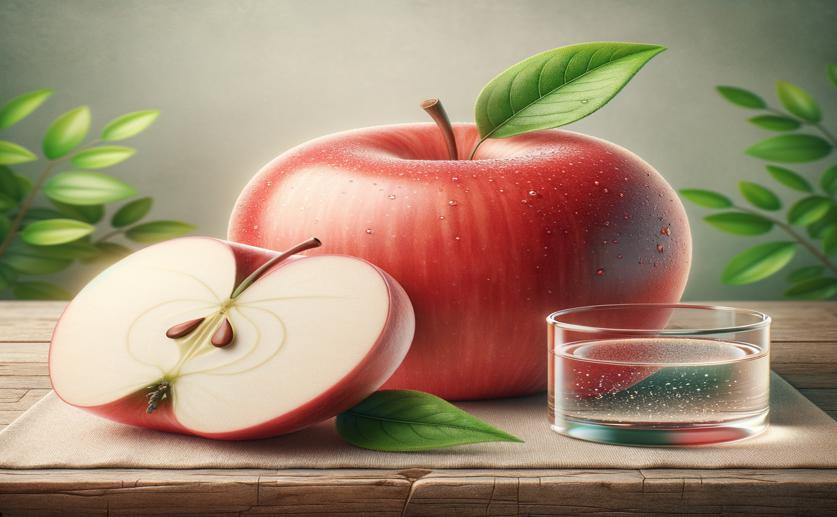
Extracting Healthy Compounds from Young Red Apples Using Eco-Friendly Methods
Jenn Hoskins
20th May, 2024

Image Source: Natural Science News, 2024
Key Findings
- Researchers at The University of Adelaide found that young red-fleshed apples (RFA) have the highest polyphenolic content compared to ripe red-fleshed and both young and ripe white-fleshed apples
- Natural deep eutectic solvents (NDES) were as effective as methanol in extracting phenolics from young RFA, offering a greener alternative
- The phenolic extracts obtained using NDES showed similar antioxidant, neuroprotective, and antimicrobial activities to those extracted with methanol, maintaining their beneficial properties
References
Main Study
1) Profiling and optimized extraction of bioactive polyphenolic compounds from young, red-fleshed apple using eco-friendly deep eutectic solvents.
Published 19th May, 2024
https://doi.org/10.1016/j.foodres.2024.114334
Related Studies
2) Phytochemical Profiles of New Red-Fleshed Apple Varieties Compared with Traditional and New White-Fleshed Varieties.
3) Deep eutectic solvents formed between choline chloride and carboxylic acids: versatile alternatives to ionic liquids.
Journal: Journal of the American Chemical Society, Issue: Vol 126, Issue 29, Jul 2004



 16th May, 2024 | Jim Crocker
16th May, 2024 | Jim Crocker